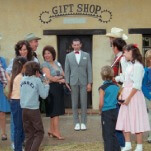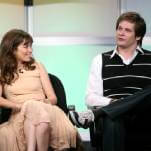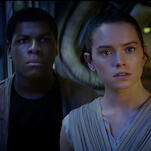“Pizzolatto’s protagonists are bad husbands, shitty friends, corrupt policemen, and war criminals; they are men who feel so strait-jacked by their lives and roles that they have no choice but to act out,” writes The Outline’s Jeremy Gordon. These characters also have an unflinching commitment to the case, which is what makes them so attractive to audiences. Even if they can’t sort out their own lives, they have a drive to right some terrible wrong. Season two’s biggest sin, then, was making the central case incomprehensible to the point of boredom.
Still, the base elements of True Detective remain present in Colin Farrell’s self-destructive behavior, as well as in the monologues of Vince Vaughn’s lethargic crime boss. The package in which they operated, however, was unappealing. “Set in Los Angeles, [season two] offered endless skyward shots of nondescript highways and cars, compared with the lush backdrops of season one’s Louisiana setting,” Gordon laments.
This third outing appears to be off to a more promising start, but, despite the myriad similarities between it and the first season, it’s still too early to say if Pizzolatto is just returning to what worked before or if he’s got something new and polarizing up his sleeve. One hopes that he does, because the best anthology shows often manage to overcome their inevitable dips in quality by illustrating different, compelling approaches to the same existential questions. Season two might look a lot different when we can view True Detective as a completed whole.
Send Great Job, Internet tips to [email protected]


![HBO teases new Euphoria, Larry David, and much more in 2026 sizzle reel [Updated]](https://img.pastemagazine.com/wp-content/avuploads/2025/12/12100344/MixCollage-12-Dec-2025-09-56-AM-9137.jpg)





































